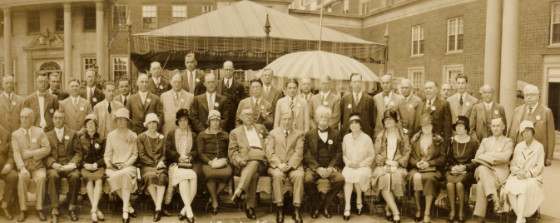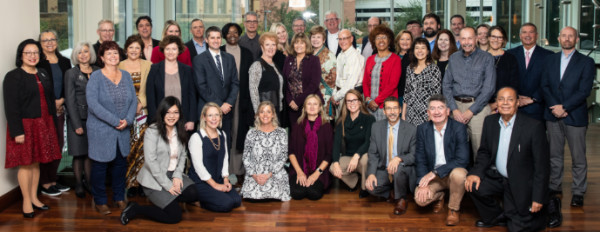About the IAIABC
Vision Statement
A world free from the pain and loss of work injuries and illnesses.
Mission Statement
The International Association of Industrial Accident Boards and Commissions (IAIABC) empowers, educates, and connects the global workers’ compensation community to reduce harm and aid recovery from work injuries and illnesses.
What We Do
The IAIABC works to improve and clarify laws, identify best practices, develop and implement standards, and provide education and opportunities for the sharing of information. The IAIABC strives to gather the best resources available to solve the practical administrative and regulatory challenges of its members.
Since it was founded in 1914, the IAIABC has been providing information and education on workers' compensation policy, regulation, and administration. Today, the IAIABC is the largest trade association of workers' compensation jurisdictional agencies in North America. Along with these government entities, various private organizations involved in the delivery of workers' compensation coverage, benefits, and services participate in the IAIABC.
History
On April 14 and 15, 1914, representatives from seven of the newly created industrial accident boards and commissions assembled in Lansing, Michigan and formed the National Association of Industrial Accident Boards and Commissions, which would eventually become the IAIABC. So began a process of collaboration and peer-to-peer guidance that still continues to this day.


Proceedings: A History of the First Century of IAIABC Conventions
For nearly 100 years, the IAIABC kept detailed proceedings of its Conventions. Dive into the conversations of almost every IAIABC Convention - what were the big issues over the last 100 years? Visit the Hathi Trust Collection of IAIABC proceedings.
IAIABC Conventions and Presidents, 1914 - 2025
Since 1914, the IAIABC has only missed one Convention - in 1942 during World War II. Use the interactive map below to see where each Convention has been held, as well as the president that year.
